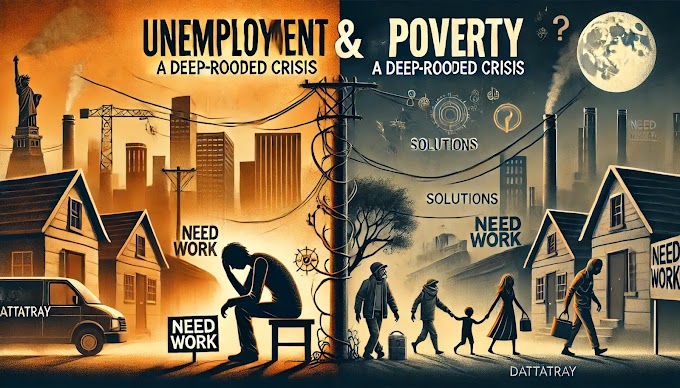The Building Blocks of the Economy: A Deep Dive into Production Factors
Have you ever stopped to think about what goes into making the things you use every day? From your morning coffee to your smartphone, a complex dance of resources and ingenuity is involved in their creation. In economics, these essential ingredients are known as production factors, and understanding them is key to deciphering the intricate workings of our economy.
Today, we'll embark on a journey to explore the four fundamental production factors:
1. Land:
This isn't just your backyard. Land refers to all natural resources used in production, including fertile soil for agriculture, minerals and energy reserves, forests, and even the physical space where businesses operate. Its scarcity and quality significantly impact production costs and economic potential.
2. Labor:
The human element! Labor encompasses the physical and mental efforts people contribute to the production process. Skilled workers, trained professionals, and even entrepreneurs fall under this category. Their capabilities, education, and motivation influence productivity and economic growth.
3. Capital:
Don't think just money! Capital refers to produced goods used to create other goods and services. Think factories, machines, tools, technology, transportation networks, and even intellectual property. Investing in capital goods boosts efficiency, innovation, and ultimately, economic output.
4. Entrepreneurship:
The Interplay of Factors:
It's crucial to remember that these factors don't operate in isolation. They intertwine in a delicate dance, with each element influencing the others. For instance, fertile land and skilled farmers (land and labor) are crucial for high agricultural output, while advanced machinery (capital) can significantly impact productivity.
Beyond the Basics:
While these four remain the core, some economists recognize additional factors like human capital (acquired skills and knowledge) and technology as playing increasingly important roles in modern economies.
Understanding production factors empowers us to analyze various economic phenomena:
Economic growth: By examining how efficiently these factors are combined and utilized, we can understand why some economies grow faster than others.
Resource allocation: Understanding the value and scarcity of production factors helps us assess how resources are allocated across different industries and activities.
Policy impacts: Analyzing how policies like taxes, subsidies, and regulations affect the availability and cost of production factors can help us predict their economic consequences.
The Takeaway:
Production factors are more than just economic jargon. They are the cornerstones of our material world, representing the human ingenuity and natural resources that shape our economic landscape. By delving deeper into their interaction and evolution, we gain a valuable lens to understand the complexities and interconnectedness of our global economy.












.png)

.png)
.png)
.png)

0 Comments